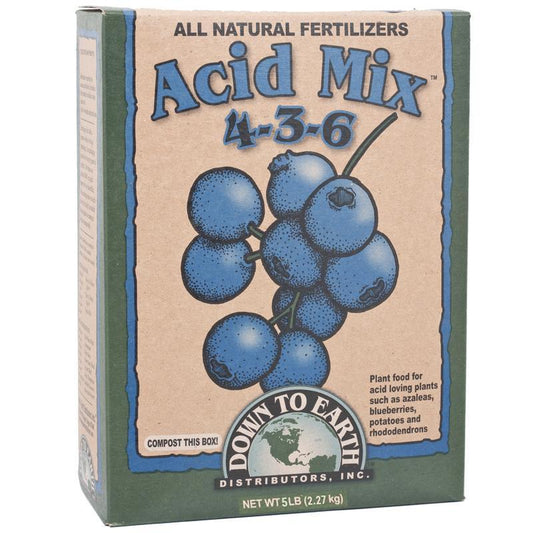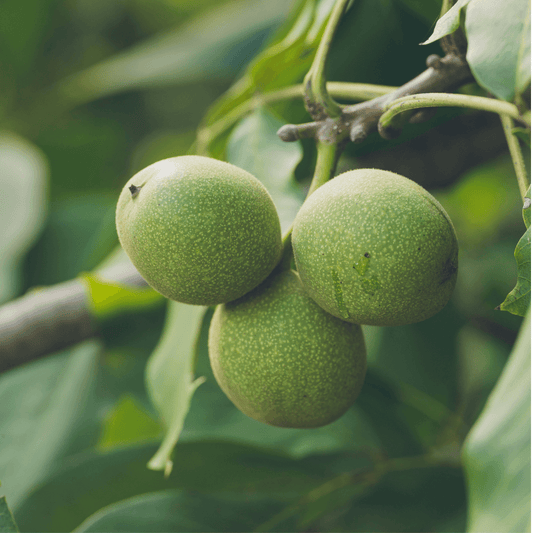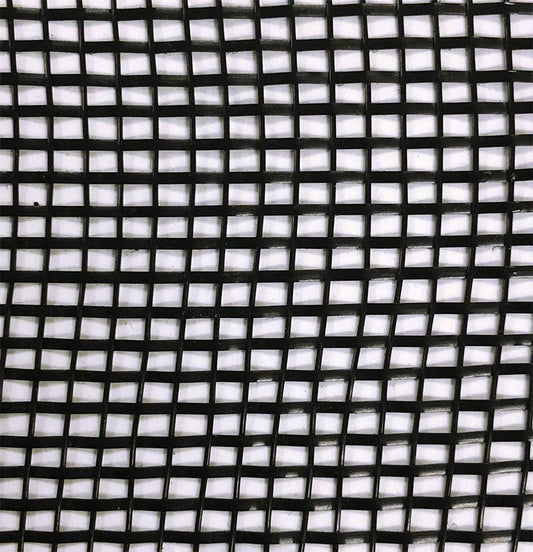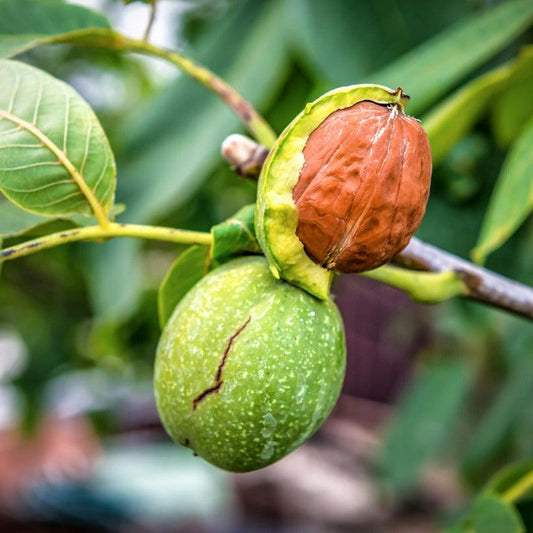Black Walnut Toxicity Explained: What Not to Plant Near a Black Walnut Tree and Best Black Walnut Companion Plants
Black walnut trees (black walnut Juglans nigra) are prized for their beautiful wood, deep shade, and delicious nuts. Yet, these iconic trees come with a secret weapon that can make gardening around them tricky — a natural compound that harms many nearby plants. Known as juglone, this chemical is responsible for juglone toxicity, which can stunt growth or even kill sensitive species.
Many gardeners wonder, "do black walnut trees kill other trees?" The answer is yes — trees and plants that are sensitive to juglone may struggle or die if planted too close. If you’ve ever noticed certain vegetables, fruits, or flowers wilting near a black walnut, this guide will explain how black walnut poison works, what not to plant near a black walnut tree, and which plants make ideal companions.

Understanding Black Walnut Tree Toxicity
The Chemical Called Juglone
The key to black walnut tree toxicity lies in a chemical called juglone (5-hydroxy-1,4-naphthoquinone). Black walnut trees produce juglone in their roots, leaves, bark, and nut hulls. It acts as a natural defense mechanism — a process known as allelopathic effects — that suppresses nearby plants’ ability to absorb oxygen during cellular respiration.
When juglone builds up in the soil, sensitive plants may wilt, turn yellow, or even die. The highest concentration of juglone is found within the tree’s root zone and up to 80 feet from the trunk. Even black walnut leaves, wood chips, or fallen husks can release juglone as they decay.
Unlike the English walnut, which contains much lower levels of juglone, black walnut trees produce enough to affect many garden species.
Do Walnut Trees Kill Other Plants?
Gardeners often ask, “Do black walnut trees kill other plants?” In a sense, yes — but not intentionally. The walnut roots release juglone into the surrounding soil, making it toxic for certain species. Over time, these allelopathic effects can limit what grows near the tree.
Because of this, it’s important to know what not to plant near a black walnut tree and instead choose black walnut companion plants that are tolerant of juglone.

What Not to Plant Near a Black Walnut Tree
Many garden favorites are sensitive to juglone. Avoid growing these within the dripline (the area under the canopy):
- Tomatoes, potatoes, peppers, and eggplants
- Apples, pears, blueberries, and blackberries
- Azaleas, rhododendrons, lilacs, hydrangeas, and yews
These species are the most susceptible plants and tend to show yellowing and stunted growth when exposed to walnut toxicity.
If you must grow them nearby, use raised beds filled with clean, juglone-free soil to create a barrier between their roots and the toxic black walnut tree.
Best Black Walnut Companion Plants
Thankfully, many species are tolerant of juglone and thrive near black walnuts. Try planting:
- Vegetables:
- Carrots, corn, beans, squash, beets, onions, melons, and parsnips.
- Trees & Shrubs:
- Elderberries, persimmon, catalpa, oak, maple, and red cedar — all make excellent black walnut companion plants.
- Perennials & Flowers:
- Sweet woodruff, Shasta daisy, hostas, coral bells, and ferns perform beautifully near walnut roots.
For even more juglone-tolerant species, explore potted trees and shrubs ideal for mixed plantings.

Managing a Garden Near Black Walnut Trees
- Use Raised Beds: Build deep raised beds to separate sensitive plants from juglone-contaminated soil.
- Clean Up Debris: Rake and remove fallen black walnut leaves and husks to prevent buildup.
- Protect from Sun Stress: If you’re gardening under partial shade, shade cloth can help regulate light levels.
- Feed Wisely: Acid-loving species grown beyond the root zone can benefit from acid-loving fertilizers.
You can also consult The Home Orchard book for detailed planting and soil-health strategies.
Conclusion
By understanding black walnut juglone and choosing plants wisely, you can enjoy the shade and beauty of your black walnut tree without sacrificing your garden’s health. For planting inspiration, browse walnut trees for sale and start planning your juglone-smart landscape today.












71 comments
Pauline, the toxicity can persist for years until all of the roots have decayed. The farther away from the stump the better. I do not see an Autumn Gold Ginkgo listed but the list is pretty basic. If the arborist said it was ok then it probably is. Might want to ask the nursery that you purchased the tree. They may have a better idea.
I just had a 45+ year old walnut tree removed a week ago and now what to plant about 5-8’ away from stump grounded. I want to plant an Autumn Gold Ginkgo that is about 8 feet tall. Is this safe to do? The arborist stated it would be. Or is it better to wait and how long? Warranty is only good for a year.
David, I did not find any information on borage and whether or not it does ok near walnuts.
I seem to recall reading somewhere that Borage is another plant that does fine planted near Black Walnut trees; in fact, it was recommended as a cover crop. However, now that I try to find that info again, I cannot.
Does your experience confirm this: Does Borage grow fine beside Black Walnuts?
Deb, from everything I read the toxicity can persist in the area the tree was located for several years as the roots decay.